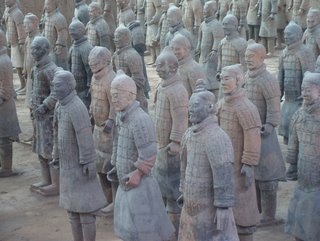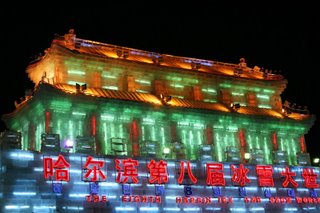Nepal is the adventure travel centre of Southern Asia. Its hallmark,is the majestic snow - capped Himalaya, home to eight of the world`s 8,000 meter peaks.This magical mountainous kingdom sits high on the spine of the World’s most famous mountain range. Wherever you trek in Nepal, you can guarantee it will be nothing less than spectacular. Trekking in Nepal will take you through a country that has captured the imagination of mountaineers and explorers for more than 100 years. While trekking you will see the great diversity of Nepal.Nerve tingling scenery, a complex culture and some of the best walking trails in the world.Mount Everest is the main spotlight.The Everest trail takes you through the Sherpa heartland with awe-inspiring views. Trekkers up for the ultimate challenge aim for Everest Base Camp located on the rugged Kumbhu Glacier, and at the foot of the world’s tallest peak. The very organic rhythm of foot travel is a wonderful way to explore and make meaningful contact with this extraordinary country. Along with a multitude of birds and animals, temples and monasteries, you will also encounter many small mountain villages. The objective of trekking is not just the particular destination, but also the journey itself. You travel at a modest pace, observing nature, rural communities, and spectacular mountain panoramas.
The natural wealth of the Nepal has remained unique,and fascinating for natural lovers. Nepal not only offer glorious mountain trekking but it also has a fine selection of national parks.A large variety of wildlife can be seen in Nepal. Nepal has 16 national parks, wildlife reserves and conservation areas, occupying 16 percent of its total geographical area. Nepal offers you the chance to enter the jungle and view some of the rarest and most endangered wildlife on earth.Jungle safari is very exciting experience.The Royal Chitwan National Park, and the Royal Bardia National Park, are some of most famous wildlife sanctuaries. The best time to visit Royal Chitwan National Park, and Bardia National Park is from October through March, when the temperature averages 25 degrees Celsius. In the jungle you can experience, elephant back safaris, bush walking, bird watching, canoeing, recreation activities and cultural programs, depending on which park you choose to go to. Most jungle safari consists of canoe rides on the jungle rivers, nature walks. Here one can see wildlife such as the swamp deer, musk deer, black buck, blue bull, the Royal Bengal Tiger, gharial and marsh mugger crocodile and the last of a breed of Asiatic wild buffalo. Parks and Reserves are also rich in bird species with a variety of babbles and orioles, koels and drongos, peacocks and floricans, and a multitude of wintering wildfowl.
The natural wealth of the Nepal has remained unique,and fascinating for natural lovers. Nepal not only offer glorious mountain trekking but it also has a fine selection of national parks.A large variety of wildlife can be seen in Nepal. Nepal has 16 national parks, wildlife reserves and conservation areas, occupying 16 percent of its total geographical area. Nepal offers you the chance to enter the jungle and view some of the rarest and most endangered wildlife on earth.Jungle safari is very exciting experience.The Royal Chitwan National Park, and the Royal Bardia National Park, are some of most famous wildlife sanctuaries. The best time to visit Royal Chitwan National Park, and Bardia National Park is from October through March, when the temperature averages 25 degrees Celsius. In the jungle you can experience, elephant back safaris, bush walking, bird watching, canoeing, recreation activities and cultural programs, depending on which park you choose to go to. Most jungle safari consists of canoe rides on the jungle rivers, nature walks. Here one can see wildlife such as the swamp deer, musk deer, black buck, blue bull, the Royal Bengal Tiger, gharial and marsh mugger crocodile and the last of a breed of Asiatic wild buffalo. Parks and Reserves are also rich in bird species with a variety of babbles and orioles, koels and drongos, peacocks and floricans, and a multitude of wintering wildfowl.

 The annual
The annual